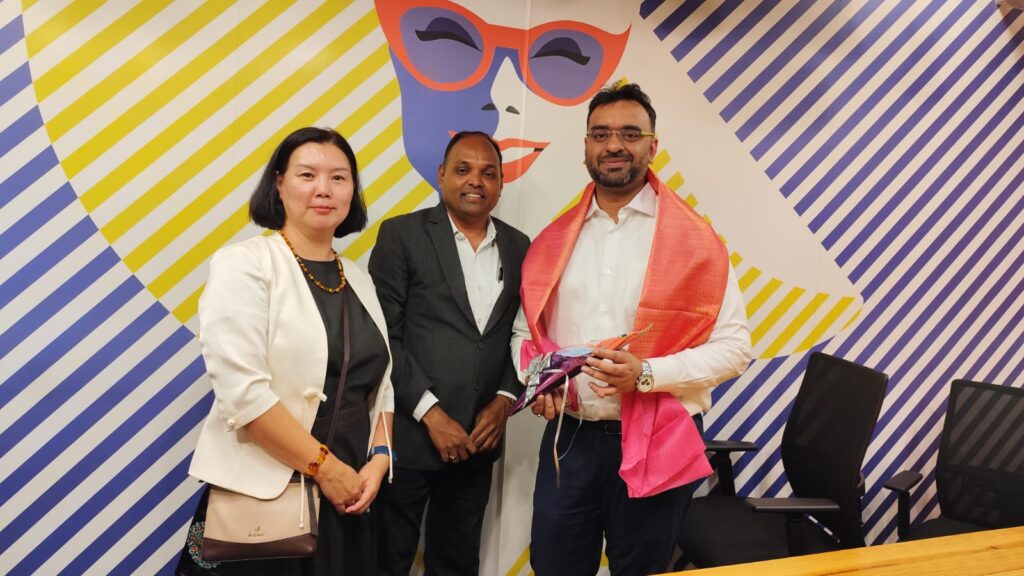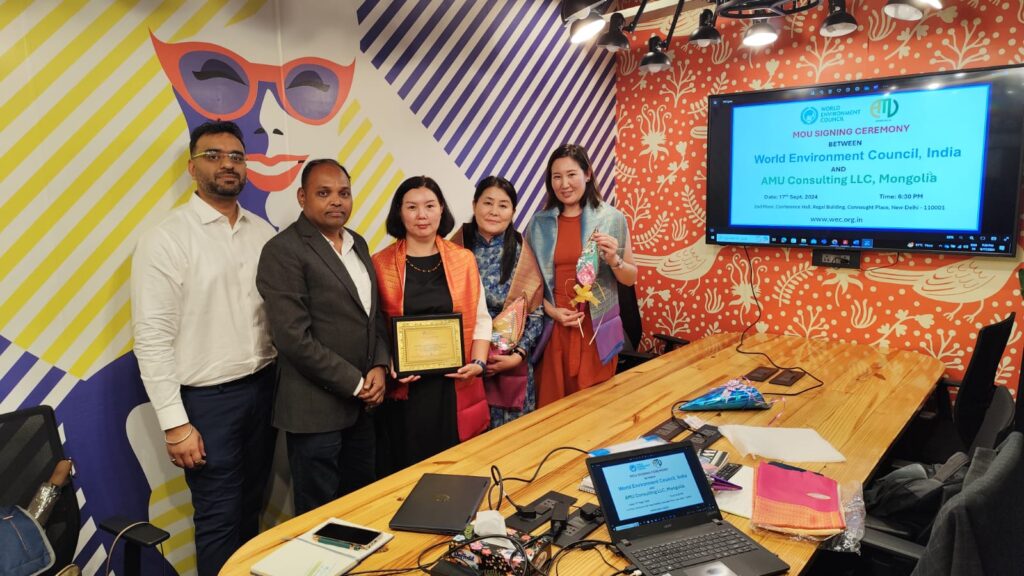In a strategic push to solidify India’s position in the global technology arena, Prime Minister Narendra Modi convened a high-profile roundtable with leading technology CEOs in New York, spotlighting innovation, collaboration, and India’s expanding tech landscape. Held at the prestigious Lotte New York Palace Hotel and hosted by the MIT School of Engineering, the roundtable featured prominent figures from the worlds of artificial intelligence, quantum computing, semiconductors, and biotechnology.
CEOs in attendance included Sundar Pichai (Google), Jensen Huang (Nvidia), and Shantanu Narayen (Adobe), among others. The roundtable was part of PM Modi’s three-day visit to the United States, with its second leg in New York, and aimed to deepen ties between India and global tech giants. In a post on X (formerly Twitter), PM Modi expressed his optimism, saying, “Had a fruitful roundtable with tech CEOs in New York, discussing aspects relating to technology, innovation, and more. Also highlighted the strides made by India in this field. I am glad to see immense optimism towards India.”
Focus on Cutting-Edge Technologies
The Ministry of External Affairs (MEA) highlighted that the discussion revolved around critical sectors such as Artificial Intelligence (AI), quantum computing, biotechnology, and semiconductor technologies. These rapidly evolving fields are poised to shape the future of global innovation, and the meeting provided an opportunity for the tech leaders to explore how they could contribute to the well-being of people worldwide, including in India.
PM Modi reiterated India’s commitment to ‘AI for All’, emphasizing the nation’s focus on the ethical and responsible use of AI. He encouraged global tech companies to harness AI’s potential in creating solutions for development challenges, thereby revolutionizing the global economy and human progress. Additionally, the Prime Minister assured the CEOs that India is committed to protecting intellectual property and fostering an environment that encourages technology-led innovation.
India: The Emerging Tech Powerhouse
The conversation also shifted towards India’s rapidly growing startup ecosystem, which has become a hub of technological innovation. With an eye on the future, PM Modi highlighted India’s potential to become the third-largest economy globally, urging American companies to capitalize on the country’s growth trajectory. He painted India as a fertile ground for technological collaboration, pointing out that the country’s startups are driving innovation and could serve as a bridge for American tech giants to enter the Indian market.
Strengthening U.S.-India Tech Partnerships
MIT Professor Anantha Chandrakasan, who chaired the session, echoed the Prime Minister’s sentiments, reaffirming MIT’s dedication to using technology for global good. He expressed optimism about the expanding collaboration between India and the United States in critical tech sectors. The meeting concluded with a shared vision for the future—one in which India and the world’s leading tech companies work hand-in-hand to solve the most pressing global challenges through technological innovation.
The roundtable marked another step forward in PM Modi’s efforts to position India as a leader in the global technology space, ensuring that the country not only keeps pace with but also drives the next wave of technological revolutions.














